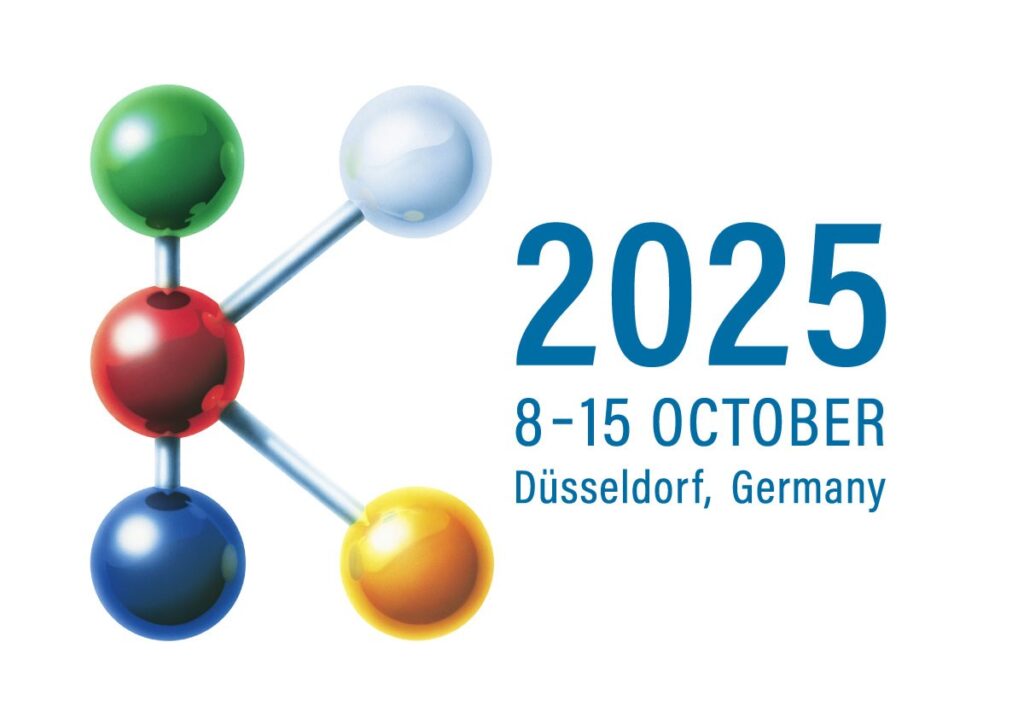Implementing AI-powered automation in a small or mid-sized business can propel your operations into a more efficient and streamlined future. This tutorial will guide you through the essential steps to design, deploy, and monitor an AI automation solution that meets your business needs. The process has been simplified for non-developer operations managers, providing a clear pathway to harness the power of AI effectively.
Before beginning, ensure you have a clear business objective. This could be anything from automating customer service inquiries through a chatbot to streamlining inventory management. Understanding the specific process you want to enhance will guide the design and implementation phase. You’ll also need a user-friendly interface or platform that supports AI integration, such as a cloud service that offers AI capabilities.
The next step is to select an AI platform. Many options are available, and they vary by features, ease of use, and pricing. Popular service providers include Microsoft Azure, Google Cloud, and AWS. Consider their potential to integrate with your current system and check for any additional requirements such as API access or special software. Review the documentation provided by these platforms for guidance on features specific to your needs.
Configuration begins by defining the workflow you wish to automate. Outline the steps involved, the inputs needed, and the expected outcomes. For example, if you’re creating a customer service bot, you’ll need to determine the types of inquiries it will handle and the responses it should deliver. Construct an initial flowchart mapping these interactions to visualize how your automation will function.
Next, start building your automation using the chosen AI platform. Most platforms provide intuitive visual builders that allow you to drag and drop elements into your workflow. Input example queries and their corresponding responses to teach the AI. In this training phase, you might input a customer question like, “What are your store hours?” and set the expected output to “We are open from 9 AM to 9 PM daily.” Use various scenarios to ensure the AI learns to respond correctly.
Once your initial setup is complete, it’s critical to test the automation before a live deployment. Enable a test phase on your platform to simulate real-use scenarios. Gather a small group of employees or stakeholders to interact with the automation, providing feedback on its performance and accuracy. Adjust the logic and responses based on their input, refining your AI’s capabilities. The goal is to achieve a system where the AI efficiently answers 80% of queries without needing human intervention.
After final adjustments, it’s time to deploy the automation. Monitor the rollout closely to ensure it functions correctly in a live environment. Engage with users during this phase and gather feedback continuously. Tools within your AI platform can help track how often the bot is used and the sentiment of user interactions. Utilize this data to refine and improve the system dynamically.
Monitoring your automation is crucial for long-term success. Establish metrics that gauge performance, such as response times, resolution rates, and user satisfaction ratings. Most platforms offer dashboards that allow you to visualize this data at a glance. Regular insights will help you detect potential issues early, ensuring smooth operations.
When implementing AI, pay close attention to security, data retention, and privacy. Understand how your vendor protects sensitive information, such as customer data, and ensure they comply with regulations like GDPR. Assess your data retention needs carefully to prevent unnecessary storage costs, and establish protocols for data deletion to safeguard privacy. Being proactive in these areas not only builds customer trust but also mitigates risks associated with non-compliance.
Vendor lock-in can be a significant concern when adopting any cloud-based solution. Evaluate the terms of your chosen AI platform regarding data portability and exit strategies. Opt for platforms that allow you to export your data easily or switch to another provider if necessary without incurring high costs or losing access.
Next, consider the ROI of your new automation system. Calculate potential cost savings, such as reduced labor costs or increased sales from improved customer interactions. Estimate how much time employees will save, translating these hours into monetary terms. Factor in the initial development costs and ongoing operational expenses to develop a holistic view of the financial implications.
Ongoing maintenance is an essential component of your AI automation strategy. Regularly update the training data to include new customer inquiries and changing business practices. Failure to adapt can lead to declining performance over time. Set a schedule for periodic reviews, ensuring that your automated system evolves in tandem with market demands and continues to meet user needs.
FlowMind AI Insight: In concluding your AI implementation journey, remember that success lies in continuous improvement and adaptation. By effectively monitoring, maintaining, and iterating on your AI automation, you’ll foster a solution that not only meets current business requirements but also scales as your needs evolve. This proactive approach will ensure a sustainable and impactful integration of AI into your operations, ultimately enhancing your organization’s efficiency and competitiveness in the dynamic marketplace.
Original article: Read here
2025-09-23 04:54:00

